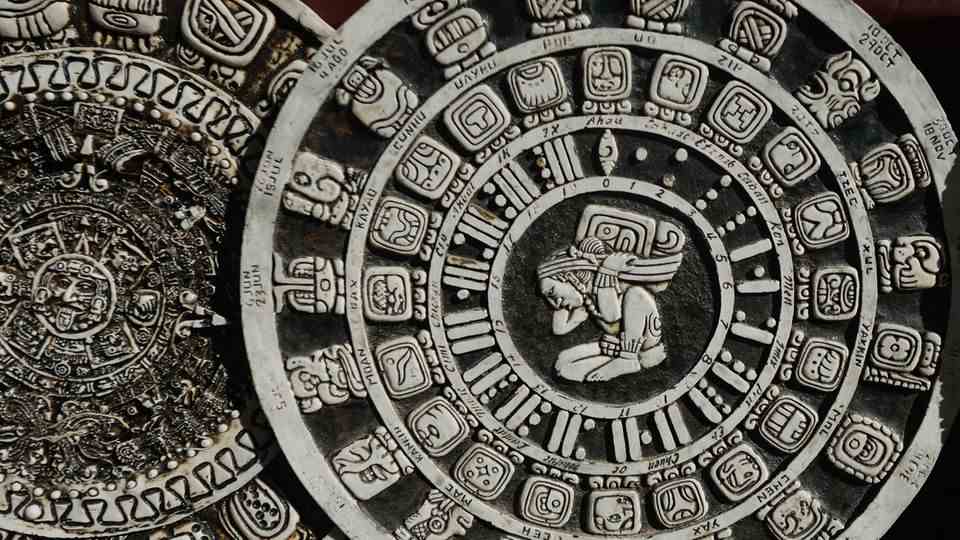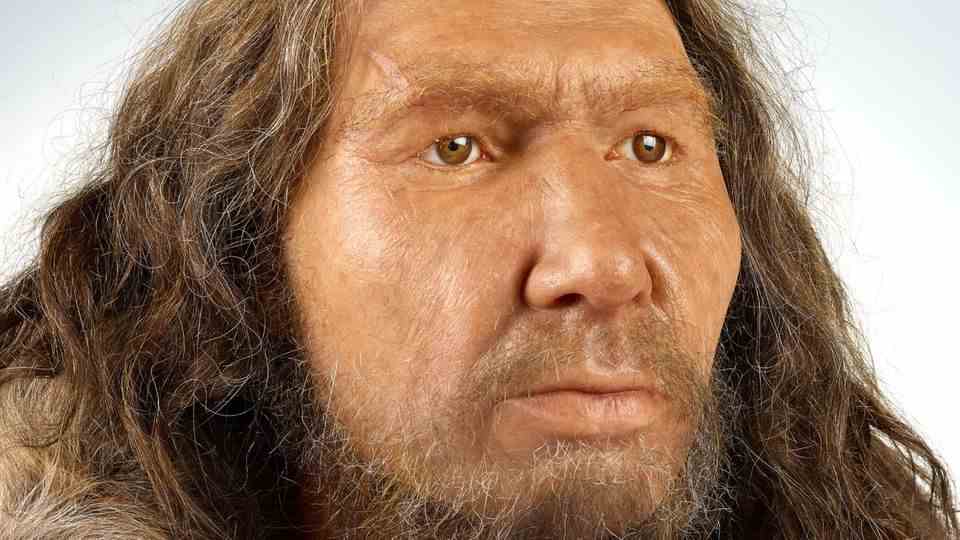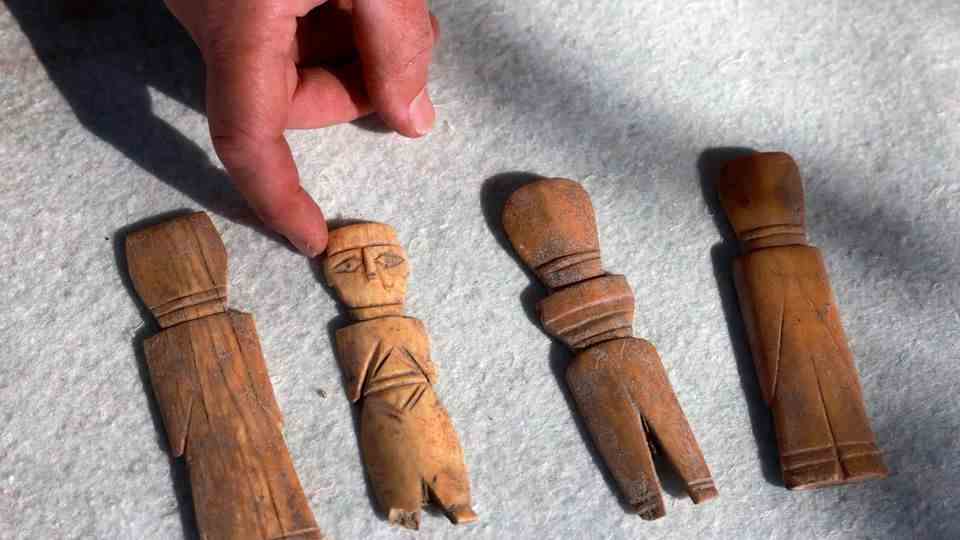archeology
Researchers discover oldest Mayan calendar in Guatemala
In one of the oldest Maya settlements in Guatemala, researchers have discovered the oldest reference to the Maya calendar (icon image)
© imago stock&people / Imago Images
During excavations in Guatemala, researchers have come across the oldest evidence of the Maya calendar to date. The relic shows a deer’s head and the number seven.
The sophisticated calendar system of the Maya has always fascinated researchers. The chronology of the Central American ethnic group combines three different calendars, giving each day an exact date. Most people surely remember the ominous sequence of numbers 13.0.0.0.0. In our calendar, it corresponds to December 21, 2012, the day of the supposed end of the world.
Earliest evidence of the Mayan calendar in Guatemala
To date, it has not been proven whether the Maya actually interpreted this day as the downfall of mankind. The fact is that the date was the end of a 400-year calendar cycle. New findings from the University of Texas recently provided another, surprising finding. The team led by researcher David Stuart analyzed eleven fragments of lime plaster from the ruins of the former Mayan city of San Bartolo in Guatemala. Among them was the “earliest evidence of this calendar in the Maya region”.
The relic comes from the “Las Pinturas” excavation site, a seven-phase pyramid with several outbuildings. The place is considered the center of San Bartolo. According to a report, the complex is the “World” was expanded several times between 400 BC and 200 AD. The “New Zurich newspaper” notes in one article that the Maya usually built modest temples first and then gradually converted them into pyramids. “Each new construction completely covers the earlier construction within a foundation,” says David Stuart, describing the construction of the people.

The Mayan temples of Tikal in Guatemala
© Martin Engelmann / Picture Alliance
According to the experts, the new discoveries come from the third-lowest layer of the pyramid. With the help of the so-called radiocarbon method, the researchers were able to determine the age of the find relatively precisely: it dates to a time between 300 and 200 BC, the team reports in the journal “Science Advances“. This is a “very rare example of a clear hieroglyphic date from the late preclassic period”.
Mayan calendar consists of three elements
Since previous relics had been dated to 100 BC at the earliest, the new fragments are probably the oldest “known calendar notation from the Maya region”. So the people of Central America were already working with the devised calendar two centuries earlier than expected. Depicted on the assembled fragments is a deer’s head and the number seven. The combination represents a date in the 260-day ritual calendar. This is one of three individual elements of the entire calendar system.
The ritual calendar is probably the oldest part of the system. Each of the 260 days is assigned a number from 1-13 and one of 20 different names in a fixed order. According to the researchers, “7 deer” is followed by “8 rabbit, 9 water, 10 dog, 11 monkey, 12 grass”. According to an article in the “mirrorIt could be the harvest year or human gestation period. The ritual calendar was widespread throughout Central America. According to researchers at the University of Texas, it was a “fundamental factor in defining ‘Mesoamerica’ as a cultural region.”
Ritual calendar still in use today
Indigenous communities in Guatemala and Mexico still use this calendar system today. “Its persistence in many communities to this day testifies to its importance in religious and social life,” the archaeologists conclude. The second calendar system, the solar calendar, is comparable to the western calendar. The solar calendar contains 365 days divided into 18 months of 20 days each. The remaining five days are appended to the end of the year.
Solar and ritual calendars together form a cycle in which each date is repeated every 52 years. According to “Spiegel”, this period of time is “enough for a simple life horizon”. In addition, there is a long-term chronology for political and religious purposes in the Mayan calendar, with which each day can be precisely determined. The chronology begins with the day of creation, August 11, 3114 BC.
The interaction of the three components is considered a sophisticated system that testifies to the profound mathematical and astronomical knowledge of the Maya. The special calendar made it possible for the people to predict natural phenomena and thus also to determine suitable dates for campaigns, harvests or ritual ceremonies. Researchers see the calendar as evidence of a highly developed civilization.

The Mayan calendar is also available as a souvenir for tourists
© Artur Widak / Picture Alliance
According to David Stuart and his team, the sophisticated design of the “stag” fragment could indicate that the ritual calendar had been in use for several centuries. The calendar could therefore have been developed as early as 900-400 BC or even earlier. The discovery of an even older relic is therefore not excluded.
Sources: “The mirror“, “The world“, “The New Zurich Times“, “Science Advances“




